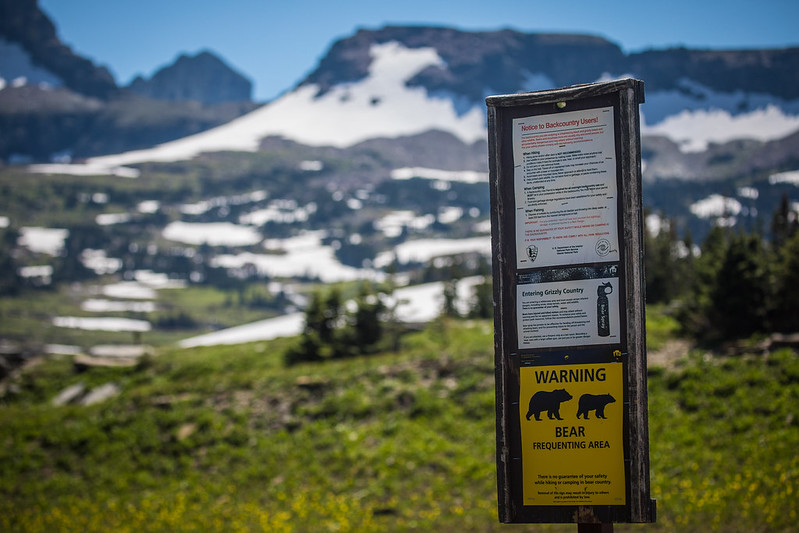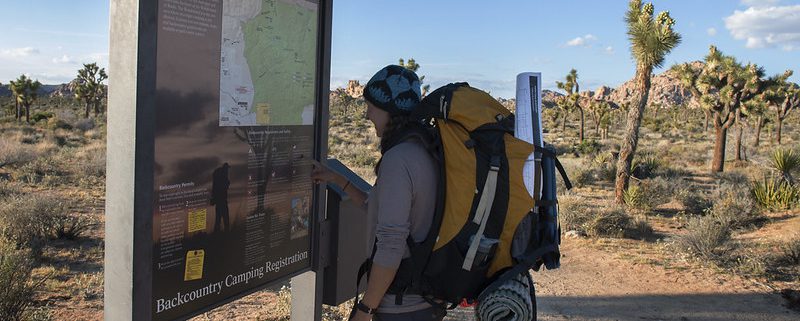Safety Tips for Hiking Alone – How to Stay Safe in the Wilderness
Hiking alone has a magical quality to it. Having to rely on your own two feet, choosing your itinerary and pace, and the satisfaction of achieving your goal are just a few reasons why it is so appealing. However, solo hiking carries safety risks for both men and women. Unwanted attention or harassment, medical emergencies, changes in the weather, getting lost. All these factors can transform a pleasant day’s hike into a survival situation.
While it is healthy to be aware of potential hazards, you do not want fear to take over! Read on for critical safety tips for hiking alone to make your next outdoors adventure as safe as possible.
Top Safety Tips for Hiking Alone
Hiking can be a wonderful way to unwind, get away, and take in the surrounding natural beauty. But even though going on a hike can seem like a stroll in the park, some risks come with exploring the wild, especially while you are hiking alone. So follow these solo hiking safety tips:
Pack Correctly
Make sure you have the appropriate hiking equipment when you rely solely on yourself. Snacks, water, and methods of filtering it from natural sources, such as a life straw, and layers that include waterproof material. These are obvious items, but failing to remember one could result in serious problems.
Choose an Appropriate Route
Pick a route that is well within your physical limitations when hiking alone. Save the isolated mountain summits for your group hikes. If this is your first time hiking alone, pick a well-traveled path where you will probably run into other hikers.
Pack the Appropriate Safety Equipment
The “10 Essentials” of safety equipment, which include navigational aids (paper maps, a compass, a GPS), sun protection, layers for weather protection, a flashlight or other source of illumination, everyday carry bolt action pens, first-aid supplies, and plenty of food and water, are suggested for all hikers, whether they go it alone or in groups.
In an emergency, solo hikers should also consider purchasing a personal locator beacon (PLB). This portable safety device can send a distress signal and location information to rescue organizations via satellite.
Bring your smartphone if you want to access offline maps and other things, but don’t count on having reliable cell service out in the middle of nowhere. PLBs don’t require a cell phone because they are radio transmitters.
Don’t Abandon the Trail
Remember this ultimate safety trip: a solo hike is not the time to change your plans on the spur of the moment. Stick to the plan you shared with your trusted emergency contact back home as much as possible, and stay on marked trails to avoid falling rocks, perilous heights, unruly wildlife, and other hazards.
To ensure you have a safe hiking experience, be sure to get the AllTrails app before you go. The app has reviews from other hikers to keep you up to date on the latest trail conditions. You can filter by trail difficulty, length, and suitability and download trail maps to help keep you on track even when you’re offline.
Inform People of Your Destination
Inform your friends and family of your intended route and estimated arrival time. Make sure to check in with friends along the way if you’re going on a multi-day thru hike. In that case, they will be aware of your general location if something goes wrong.
Don’t Take Risks
It may be faster to slide down those wet rocks or take a shortcut through boggy land, but are you risking injury? When hiking alone, breaking a leg could spell ultimate disaster, so use common sense to reduce the risks.
That’s not to say you can’t forge your path, but you must be careful not to injure yourself. Especially if you are hiking solo, better be safe than sorry.
If Worst Case Scenario, Recall Your Equipment
Things can go wrong no matter how much research you’ve done or how cautious you are. This is where the safety gear you packed and the preparation you did before hitting the trail could come in handy.
Make use of your equipment to stay warm, hydrated, fed, and as visible as possible. If you chose the locator beacon, turn it on. Use your Glock if required, and check the bullets are loaded and the Glock is clean to avoid the Glock malfunctions.
Use that whistle you brought. And remember that the information you left with a friend or family member will help Search and Rescue locate you.
Inform Yourself About Life-Saving Body Language
If you encounter a predatory animal while hiking alone or come across another hiker who makes you feel uneasy, how you come across can be crucial. Don’t avoid eye contact if it’s a person because doing so might be interpreted as showing weakness.
Use assertive body language by looking around you, keeping your head up while walking, and avoiding hunching. Each predator reacts differently to prey in terms of animals. The majority of the time, it is best to stand your ground because running will usually make a wild animal want to pursue you.

Be sure to take safety precautions when hiking solo in the wilderness
If you’re in a place with predators, make noise along the trail to frighten them away. If you are hiking alone in a place where there are big predators, it is also a good idea to have bear spray on you, which also works to deter other animals.
Solo Hiking Safety Tips – Final Thoughts
Hiking alone is a wonderful experience, and as long as you take reasonable precautions, nothing is stopping you from experiencing the great outdoors on your own. If you have any other safety tips for solo hiking, please leave them in the comments.




Leave a Reply
Want to join the discussion?Feel free to contribute!